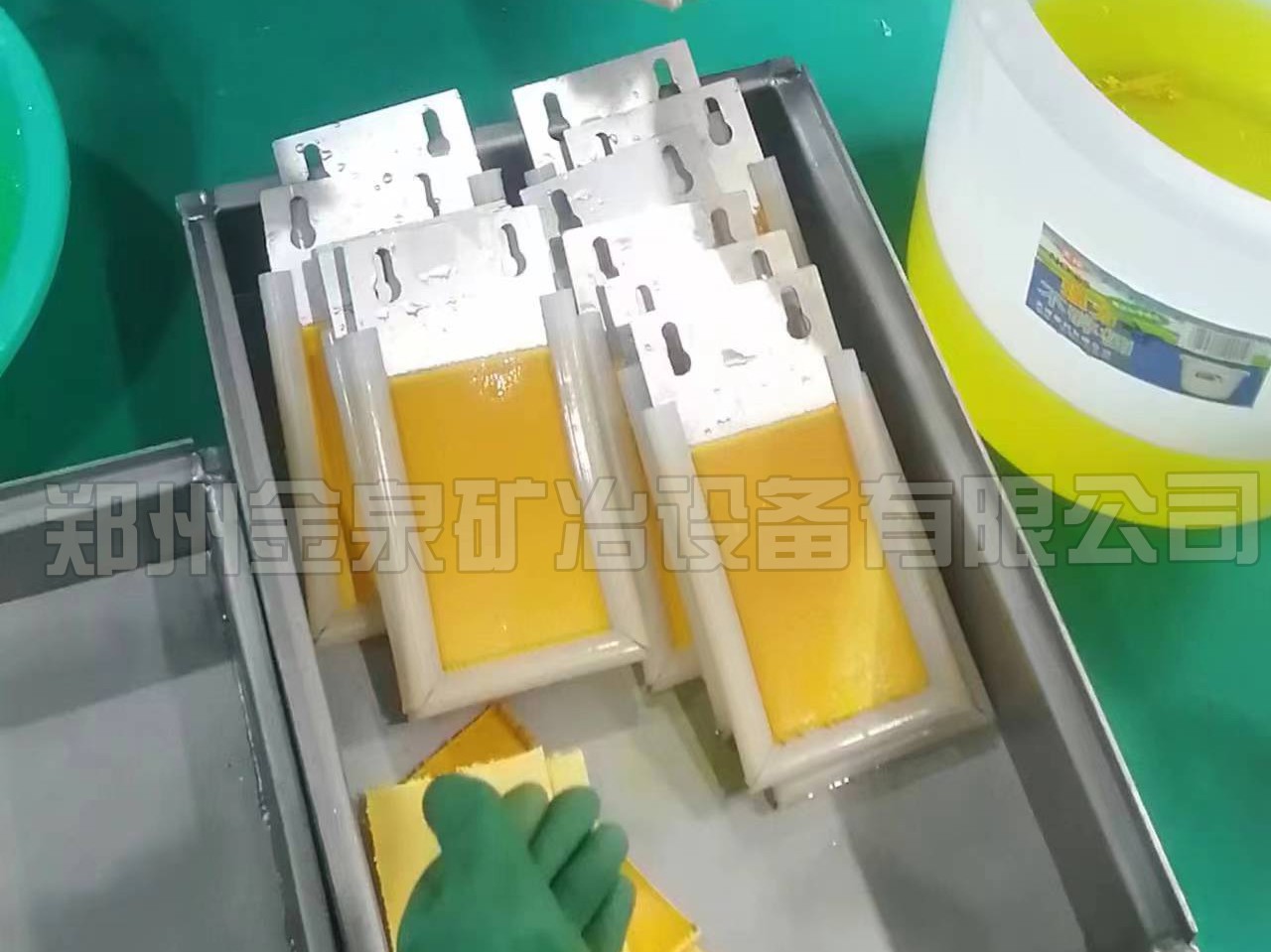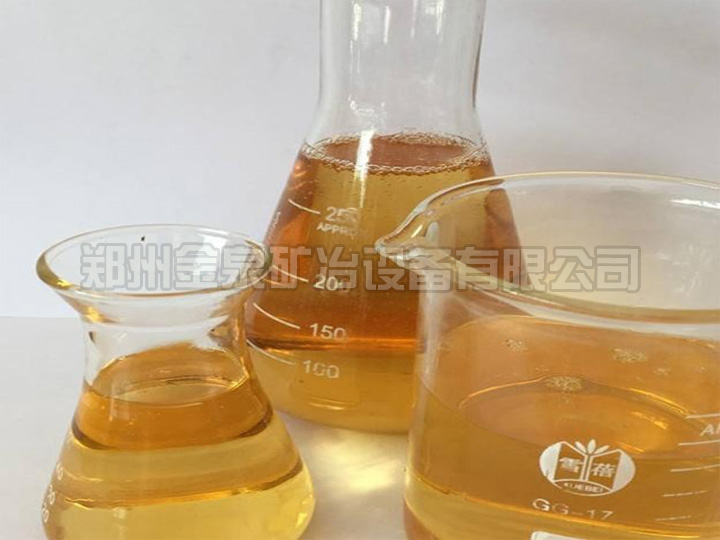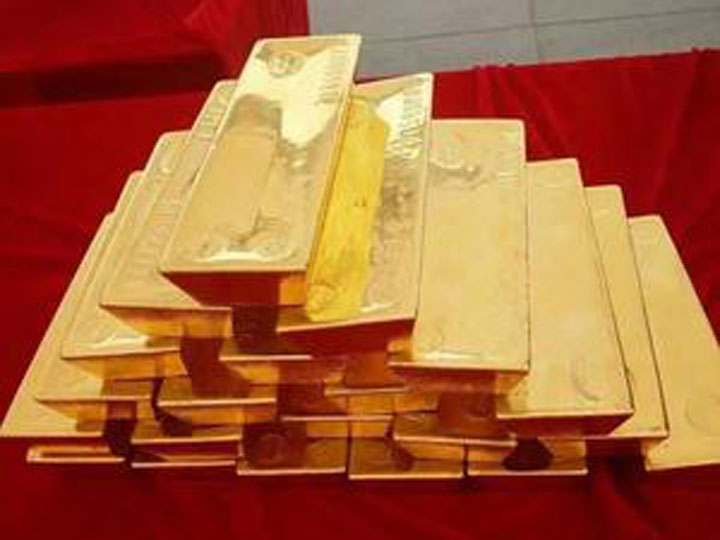 +8613303827570
+8613303827570
Product Introduction of Gold Extraction Machine:
Swirl electrowinning is a wet metallurgical technology used for the selective electrowinning and extraction of gold. It is particularly suitable for the selective electrolytic separation and purification of valuable metals from low-concentration or complex-composition solutions in the metallurgical industry, as well as for the recovery of gold from wastewater.
Advantages of Gold Extraction Machine:
1)、Capable of processing low-concentration metal solutions with higher production efficiency compared to traditional electrolytic technologies. It can enrich valuable metals across a wide range of concentrations, from fractions of a gram per liter to hundreds of grams per liter, especially excelling in copper-nickel and copper-silver separation.
2)、Strong adaptability to pollutants in solutions, enabling the extraction of high-purity gold from impure solutions.
3)、Capable of extracting multiple metals with selective electrolysis, and able to produce cathode products in different forms (plates or metal powders) depending on solution concentration.
4)、Modular equipment design with simple operation.
Model parameters of gold extraction machine
Product model | Product Name | Dimensions(mm) | Rated Voltage | Power | Weight(kg) |
JQ-DJC-L1 | gold extraction machine | 450*300*600 | 220V | 300w/h | 45kg |
JQ-DJC-L3 | gold extraction machine | 900*1010*800 | 380V | 1500w/h | 125kg |
JQ-DJC-L4 | gold extraction machine | 1220*1010*800 | 380V | 2.5kw/h | 150kg |
JQ-DJC-L5 | gold extraction machine | 1520*1010*800 | 380V | 3kw/h | 180kg |
Current: Single tank designed for 100A, voltage 5V.
Each small tank can process approximately 200L of solution. Single or multiple tanks can be selected based on production requirements, with processing speed varying according to concentration.
Result of Gold Extraction Machine:

-
 common methods for separating gold and silvercommon methods for separating gold and silver
common methods for separating gold and silvercommon methods for separating gold and silverCommon Methods for Separating Gold and Silver:
Chemical dissolution method: Gold can be dissolved in hydrochloric acid, while silver reacts with Cl⁻ ions to form a silver chloride precipitate during the dissolution process. After filtering, gold and silver are separated.
Aqua-regia solution method: Suitable for alloys with low silver content (silver typically below 10%), this method allows both gold and silver to dissolve. However, after dissolving, silver reacts with Cl⁻ ions to form a silverCommon Methods for Separating Gold and Silver chloride precipitate, enabling it to be separated from gold.
-
 chemical separation of gold and silverchemical separation of gold and silver
chemical separation of gold and silverchemical separation of gold and silverChemical separation of gold and silver:
Using a single acid, it cannot dissolve gold but can dissolve silver, achieving the separation of gold and silver. Hydrochloric acid or sulfuric acid is commonly used. This method is typically used for gold-silver alloys with a gold content below 30%, while silver, copper, iron, and zinc can be dissolved in hydrochloric acid or sulfuric acid, whereas gold cannot. After filtering and washing, it can obtain gold with over 98% purity. For lead-containing alloys, hydrochloric acid is used for dissolution
-
 extraction of gold from alloy goldextraction of gold from alloy gold
extraction of gold from alloy goldextraction of gold from alloy goldAlloy gold: Alloy gold produced by roasting mercury paste on a mercury plate, alloy gold produced by melting gold paste in a converter, alloy gold produced by melting gold paste after removing impurities with nitric acid, alloy gold obtained by pyrometallurgical or hydrometallurgical treatment of copper lead anode paste, and other alloy gold produced in other gold and silver mines and rare and precious plants for non-ferrous metallurgy.
The gold content is 40%~99.9%, and the silver content is 40%~99.9%.







